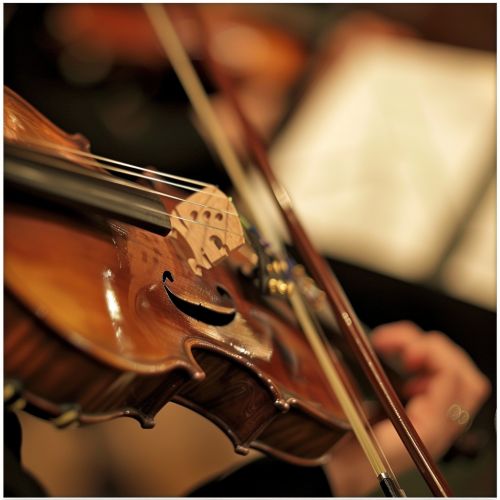Timbre
Introduction
Timbre, also known as tone color or tone quality, is the perceived sound quality of a musical note, sound or tone that distinguishes different types of sound production, such as voices and musical instruments, string instruments, wind instruments, and percussion instruments. It also enables listeners to hear different instruments in the same category as different such as the violin and the viola Learn more.
Understanding Timbre
Timbre is one of the basic elements of music. It is the characteristic that allows us to distinguish between one instrument and another, and between the sounds produced by different types of voices. Timbre is determined by the physical characteristics of the sound source – whether it's a musical instrument or the human voice – and by the spectral content of the sound, including its overtones Learn more.


Physical Characteristics Influencing Timbre
The physical characteristics that influence timbre include the size, shape, and construction materials of the instrument or the vocal cords in the case of the human voice. For example, a large drum will have a different timbre than a small drum, even if they are made of the same material. Similarly, a brass instrument will have a different timbre than a woodwind instrument, even if they are playing the same note at the same volume.
Spectral Content and Timbre
The spectral content of a sound, including its overtones, also plays a significant role in determining its timbre. Overtones are the higher frequencies that are present in a sound, in addition to the fundamental frequency. The relative levels of these overtones can greatly affect the timbre of the sound. For example, a sound with a strong fundamental frequency and weak overtones will have a different timbre than a sound with a weak fundamental frequency and strong overtones.
Perception of Timbre
The perception of timbre is subjective and can vary from person to person. Some people may describe a particular timbre as warm, bright, dark, or rich, while others may use different descriptors for the same sound. This subjectivity makes timbre a complex and fascinating aspect of music to study.
Timbre in Music Production
In music production, understanding and manipulating timbre is crucial. Producers and sound engineers use a variety of techniques to modify the timbre of sounds, including equalization, reverb, and distortion. These techniques can be used to make a recording sound more natural, to create a particular mood or atmosphere, or to make different instruments or voices stand out in a mix.
Conclusion
Timbre is a fundamental aspect of music that contributes to its richness and diversity. By understanding and appreciating timbre, listeners can deepen their appreciation of music and musicians can enhance their performance and composition skills.
